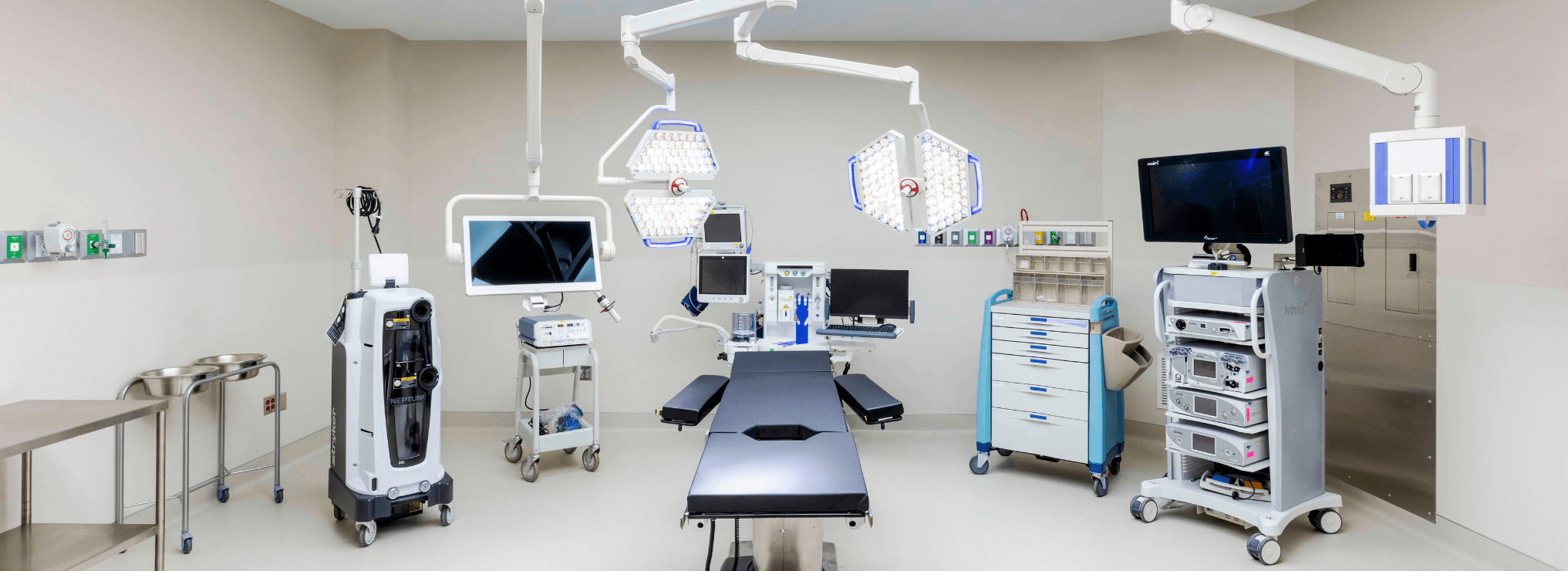
Managers need to be sure facility portfolios are aligned with organizations’ strategic plans.
Excerpted from Healthcare Facilities Today
Healthcare has always been a dynamic market, but the recent volatility created by COVID-19 and its variants has revealed just how critical these institutions are and how important planning can be for hospitals and health systems to adapt and grow. Healthcare facility managers and other leaders need to pay attention to three main drivers.
Staffing, recruitment, and retention form today’s primary concerns. Revenue generation to support those recruitment efforts runs a close second, followed by an ongoing shift to holistic care that prioritizes good health as an antidote to expensive, elaborate procedures and long treatments for chronic illnesses. Managers and their peers can consider the following insights to navigate these industry drivers.
Drivers: A closer look
Staffing. In every market, a widening gap continues to expand between providers and needs. Depending on the location of the system, it is essential to synthesize a recruitment plan for staff and other positions with the project plan. For example, it can be tough to get a cardiologist to move to rural Alabama even if the analytics suggest the community can support a cardiology program. Long-term, can the institution provide a safe, efficient, and supportive environment for the physician and staff to provide that service line to the community?
At the same time, today’s leaders worry about retaining the providers they have and recruiting new ones to help grow their programs, all while patient volumes are slowly climbing back to pre-COVID-19 levels.
Many people who have been barred from routine visits and elective surgeries are coming out now that some pandemic restrictions are easing, and healthcare leaders are seeing an increase in volume for regular appointments, as well as some residual COVID-19 patient load. Sicker patients are emerging in oncology, cardiology, and other specialties because of delayed detection and treatment during the pandemic shutdowns. As these patients flood in, there is an opportunity for growth, adding new service lines and staff to accommodate the changing needs of patients amidst the difficulties of navigating the ongoing pandemic.
Revenue.
Revenue is always important for any business, even for human-centered organizations such as hospitals. Healthcare institutions want to maximize the potential of revenue producing services. While leaders will always provide some services that do not generate significant revenue but are necessary functions, they need to offer the right mix of services that includes a heavy dose of revenue-producing services to balance the necessary functions that do not generate substantial income. Revenue produced today becomes the expansion of tomorrow, and leaders should always be thinking one step ahead.
Preventive care.
Consumer-driven healthcare, a once-popular term that is less prevalent today, includes a focus on wellness, access, and creating a consumer-friendly environment. But there is not reimbursement for wellness, only the services for healing that are provided. Healthcare leaders are trying to navigate ways to provide accessibility to holistic and wellness-focused programs that also can provide much needed revenue.

Steve Alby, NCARB, LEED AP, is GMC’s Vice President of Healthcare. He uses his 30+ years of healthcare planning and design experience to create outstanding environments for healthcare clients through high quality planning and design. Click here to contact Steve for more information on healthcare design .